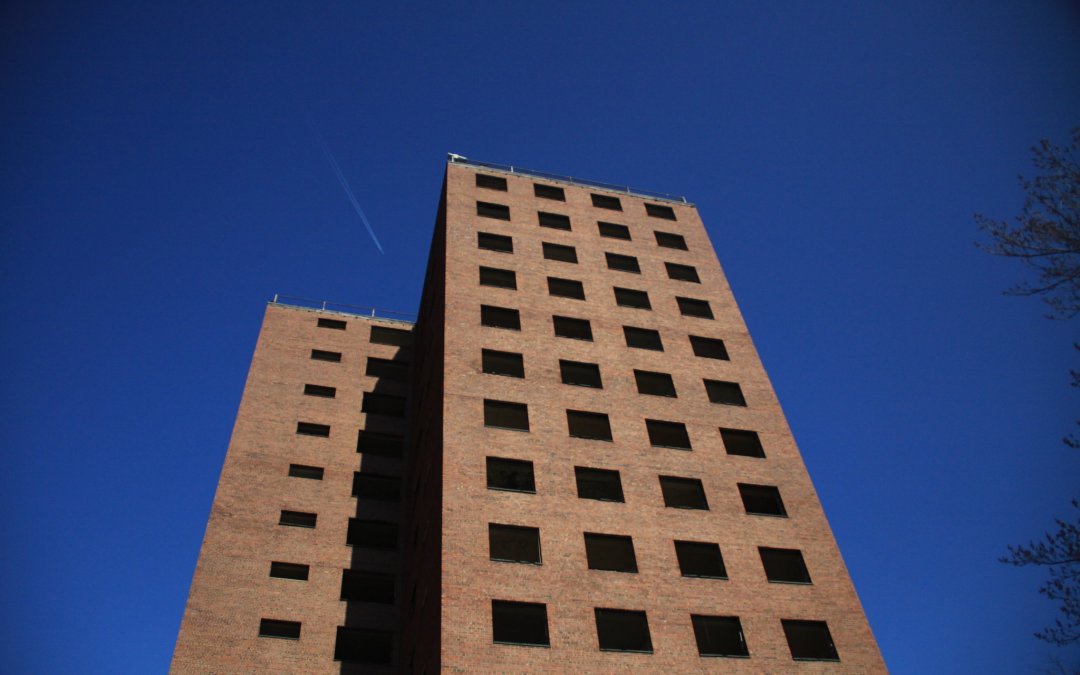WASHINGTON – Restrictive zoning policies are a chief force behind the nation’s continued housing shortage, experts said at a Bipartisan Policy Center panel on Tuesday.
“We are experiencing the longest economic expansion in history (and) at the same time, seeing the fewest units produced on record,” said Up for Growth CEO Mike Kingsella.
According to the legislative advocacy organization’s 2018 report, from 2000 to 2015, the U.S. fell 7.3 million homes short of meeting housing needs. This means that for every 10 new households formed, the housing market has only responded with approximately seven new homes, Kingsella said.
“We have systematically under-produced housing relative to housing needs,” he added.
This is due in part to exclusionary zoning, or policies made with the intent to exclude and separate housing uses, according to Kingsella.
Studies show that these policies that restrict low-cost, high-density housing can act as “geographical segregation” by disproportionately impacting low-income people and communities of color. While wealthy, often white families, can live in ideal neighborhoods with ample access to transportation and other amenities, little affordable options push others out.
“The originators of many of these policies had the segregation of not only real estate and housing types in mind, but also the folks that inhabit it,” Kingsella said. “(It’s) really an exclusionary and dark park of our nation’s land use in housing market history.”
People of color have faced compounded hardships during COVID-19, which has exacerbated the housing crisis. Lost and reduced income has made paying rent difficult. The Center on Budget and Policy Priorities reported that between last September and October, 28% of Black renters and 18% of Latino renters were not caught up on rent – compared to only 12% of white renters.
“It was motivated by…desire for very explicit racial segregation. Also there was a very clear desire for class separation,” said University of Georgia professor Sonia Hirt about the chief motivations behind zoning laws’ implementation in the U.S.
Hirt emphasized the connection between homeownership and generational wealth.
“The home is actually a very important part of wealth creation for the American middle class,” she said.
Without homeownership opportunities, it can be difficult to escape generational wealth gaps, Kingsella said.
“Certainly, in areas that are historically redlined there are, in general, a lack of homeownership opportunities,” he said. “So there is a compounding effect in terms of the racial wealth gap going back to many of these barriers that are stymieing housing production writ large.”
The impacts of restrictive zoning policies on housing options is evident in places like Connecticut, which has the highest rate of income segregation in the country.
“91% of Connecticut is zoned for single-family housing,” said Sara Bronin, a Cornell professor and founder of the nonprofit coalition Desegregate Connecticut. “In this entire state we have 2% of our land that allows for multi-family housing – which really is the process that would enable that housing to be built.”
Desegregate Connecticut created the Connecticut Zoning Atlas to visualize state zoning and districting and reveal inequities — the first of its kind online interactive to be done on a statewide basis.
Kingsella pushed back against the often-used argument that affordable housing harms local economies.
“(Up For Growth) found that the U.S. GDP could increase to the tune of $2.4 trillion cumulatively over a forecast period of 20 years,” he said.
Looking forward, Kingsella said the good news is that “Congress has recognized that the housing underproduction is a national issue.”
“The quantity of legislative proposals aimed at dealing with this are increasing, and we’re encouraged by the momentum that we’re seeing,” he said, citing the excitement about the Housing Supply and Affordability Act, which is part of President Joe Biden’s Build Back Better framework.
If Democrats end up moving forward with efforts to pass incremental versions of the president’s signature legislative agenda, the HSAA would provide $1.75 billion for a planning grant program that would enable cities to reform zoning codes.


